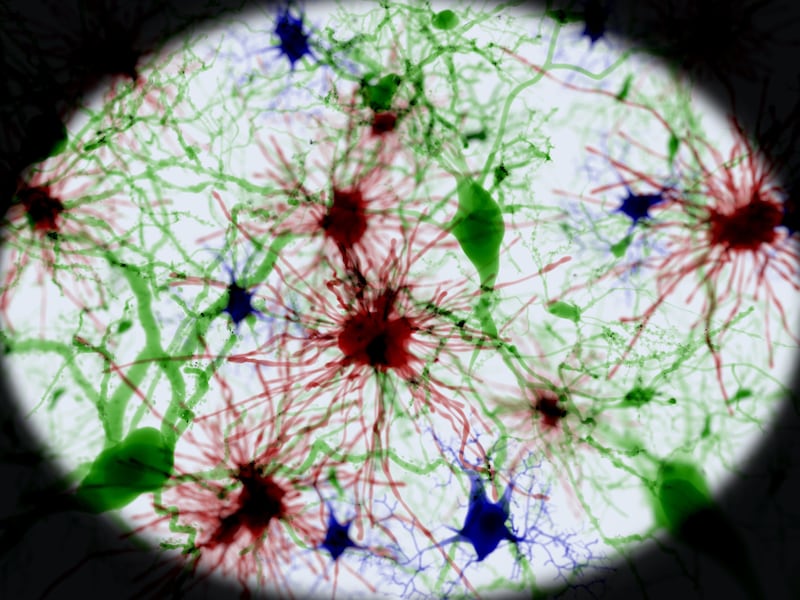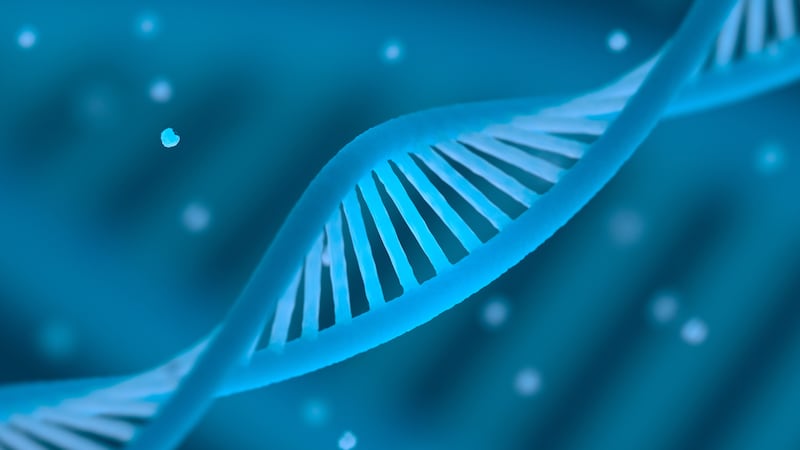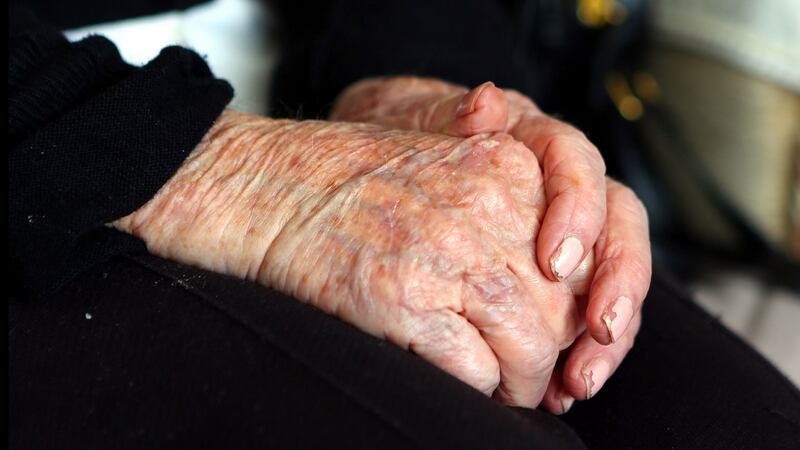Scientists have discovered two genes linked to a person’s risk of developing Alzheimer’s, which could help in the hunt to find a cure for the disease.
Researchers behind the “exciting” discovery hope it will lead to new treatments for the condition, which currently affects more than half a million people in the UK, according to the Alzheimer’s Society.
Dr Doug Brown, director of research and development at the society, which jointly funded the work, said: “Over 60% of people with dementia have Alzheimer’s disease, yet despite its prevalence we still don’t fully understand the complex causes of the disease.
“The discovery of two new risk genes for Alzheimer’s is an exciting advance that could help to deepen our understanding of what happens in the brains of people with the disease.

“These genes reinforce a critical role for special cells in the brain – called microglia – that are responsible for clearing up debris including damaged cells and proteins.”
Dr Brown said such findings helped to show researchers where to focus their efforts in the search for new, effective treatments.
The researchers from Cardiff University received funding from the Medical Research Council (MRC), Welsh Government and Alzheimer’s Research UK.
They identified the two genes, which were not previously considered candidates for Alzheimer’s risk, during a study which compared the DNA of tens of thousands of individuals with Alzheimer’s with age-matched people who are free from the disease, building on their previous work of identifying 24 susceptibility genes.

Dr Rebecca Sims, from Cardiff University’s School of Medicine, said the genes, which suggested immune cells in the brain played a causal role in the disease, were “very good” targets for potential drug treatment.
She added: “In addition to identifying two genes that affect the risk of developing Alzheimer’s disease, our new research reveals a number of other genes and proteins that form a network likely to be important in its development.”
The university was selected as one of six centres for the £250 million UK Dementia Research Institute in April and the team there will now build on this discovery to investigate in detail the role of microglia in dementia, which Dr Brown said will “ultimately accelerate our progress towards finding a cure”.

The centre, which will employ up to 60 researchers in the first five years of the initiative, has the potential to be awarded further funding which would make it the biggest investment Wales has ever received for scientific study into dementia.
Dr Rosa Sancho, who is head of research at Alzheimer’s Research UK, likened the revelations to “finding puzzle pieces that biologists can start to fit together to build a complete picture of a disease”.
She said: “There are currently no treatments to slow the progression of Alzheimer’s and increased investment in research is vital so that we can capitalise on new findings and drive progress for people with the condition and their families.”
The research is published in Nature Genetics.








